Nice congrats!
28.10.2025 00:39 — 👍 1 🔁 0 💬 0 📌 0Phillip Cleves
@pcleves.bsky.social
Symbiosis, cell and developmental biology, and corals. Principal investigator at the Carnegie Institution - Department of Embryology & Johns Hopkins University
@pcleves.bsky.social
Symbiosis, cell and developmental biology, and corals. Principal investigator at the Carnegie Institution - Department of Embryology & Johns Hopkins University
Nice congrats!
28.10.2025 00:39 — 👍 1 🔁 0 💬 0 📌 0New paper from the lab. Molecular characterization of the symbiont-containing organelle with proteomics and reverse genetics in Aiptasia and coral.
13.10.2025 22:02 — 👍 7 🔁 1 💬 0 📌 0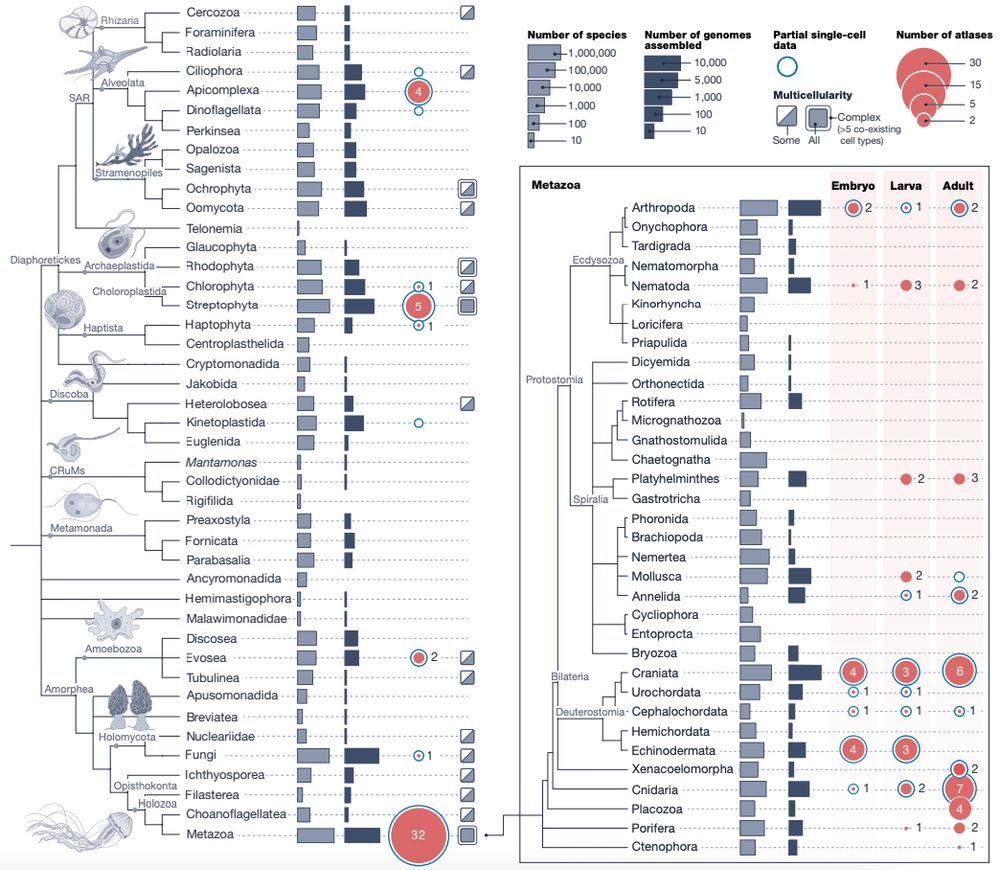
Happy to share the Biodiversity Cell Atlas white paper, out today in @nature.com. We look at the possibilities, challenges, and potential impacts of molecularly mapping cells across the tree of life.
www.nature.com/articles/s41...

How do microbes become permanent partners? 🌊🔬🦠 Check out our new study published in Current Biology showing how cyanobacterial genomes evolve step-by-step into endosymbionts of diatoms. www.sciencedirect.com/science/arti...
@currentbiology.bsky.social @mehrshmali.bsky.social



Before today, I would have never known it was possible to run DNA extractions and PCR without a lab. Who knew that a molecular bio bento box could facilitate bringing the lab into the field? I’m very excited to see how our hornwort Cyanobacteria community sequencing turns out later this week.
21.08.2025 03:05 — 👍 10 🔁 1 💬 1 📌 0
We're Hiring! Assistant Professor of Immunology and Molecular Medicine in MCB. Learn more and apply online:
aprecruit.berkeley.edu/JPF05096
This surprisingly relaxing footage is from SIX MILES under the ocean – and it’s the deepest ecosystem yet discovered
31.07.2025 15:38 — 👍 14251 🔁 3434 💬 433 📌 528Congrats!
01.07.2025 19:37 — 👍 1 🔁 0 💬 1 📌 0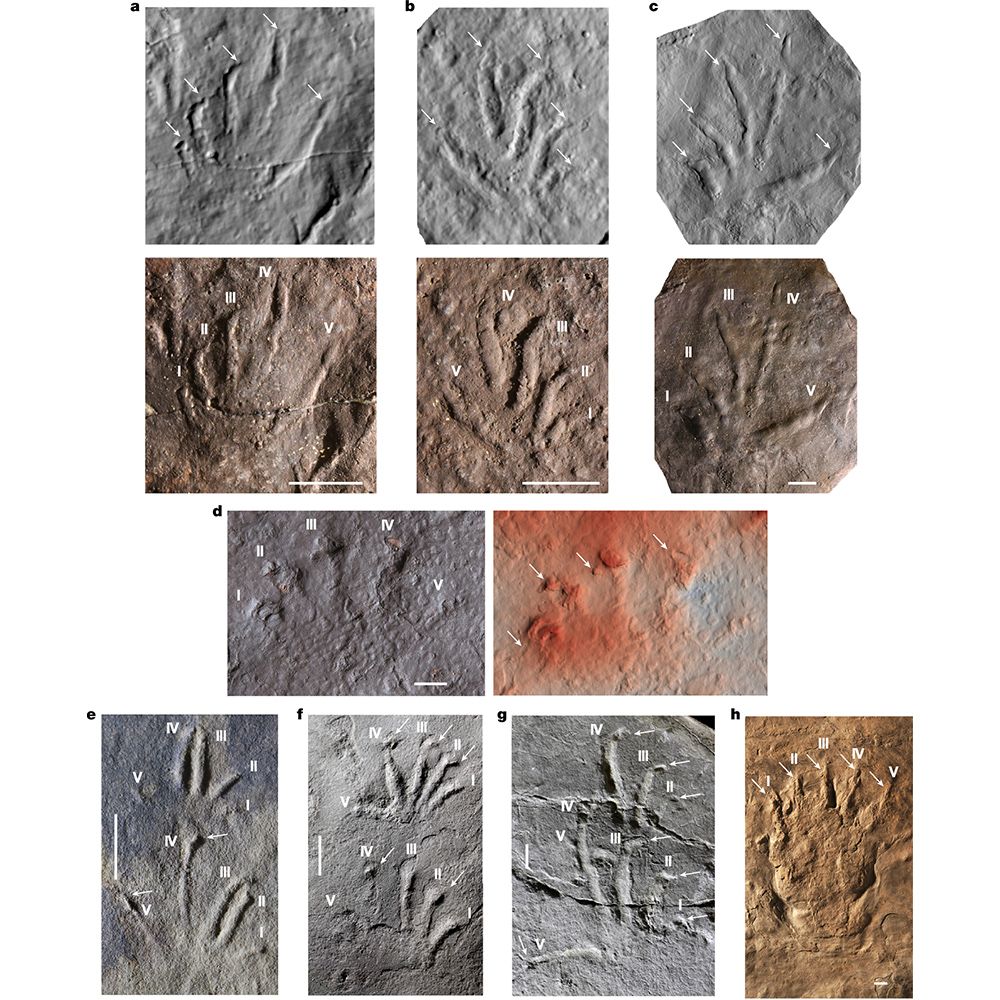
This is figure 3, which shows amniote footprints.
A paper in Nature reports the discovery of fossilized claw prints thought to belong to an amniote on a slab of rock from Australia dated to about 356 million years ago, suggesting that the origin of amniotes is earlier than expected. go.nature.com/4jm5XTP #Paleosky 🧪
26.05.2025 01:46 — 👍 40 🔁 7 💬 0 📌 0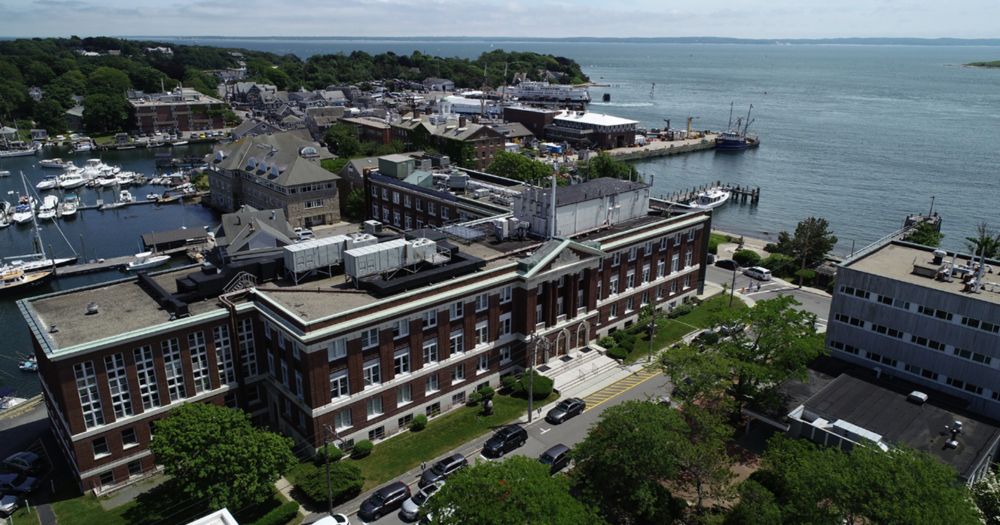
It is happening again! Consider taking our course on the Molecular and Cell Biology of Symbiosis at
@MBLScience. We extended the deadline for
applications to Apr 14, 2025. www.mbl.edu/education/ad...

It’s live! Check out the Cleves Lab website and learn how the lab uses ecologically relevant cnidarian models to gain key insights into how microbial symbiosis and its breakdown impact animal biology and health, driving new coral conservation efforts. 🪸🎉
@pcleves.bsky.social
www.cleveslab.org
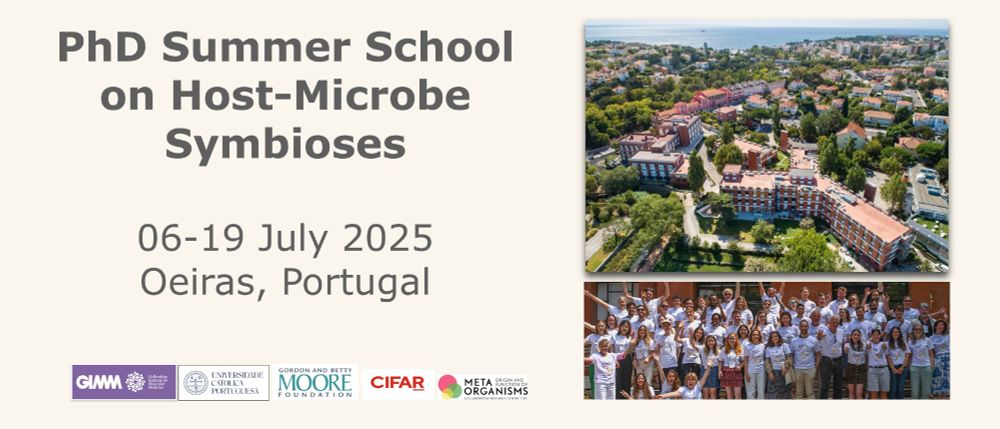
Save the date 📅: The PhD Summer School on Host-microbe Symbioses is taking place from 6-19 of July in Oeiras, Portugal.
Registration is opening soon!
Learn more 👉 gimm.idloom.events/phd-summer-s...
@gimmfoundation.bsky.social @moorefound.bsky.social
@crc1182.bsky.social #CIFAR #CBR
#protistsonsky
21.01.2025 16:03 — 👍 10 🔁 3 💬 0 📌 0Neural crest of Xenopus embryos labelled with nuclear GFP
11.12.2024 20:12 — 👍 86 🔁 14 💬 1 📌 1Lets put this back in the feed and see if there is anyone else who who'd like to be added.
We are getting your future grad students ready, and plan on writing a book one day…maybe.
go.bsky.app/RnHK313
I would love to be added
08.12.2024 14:34 — 👍 0 🔁 0 💬 1 📌 0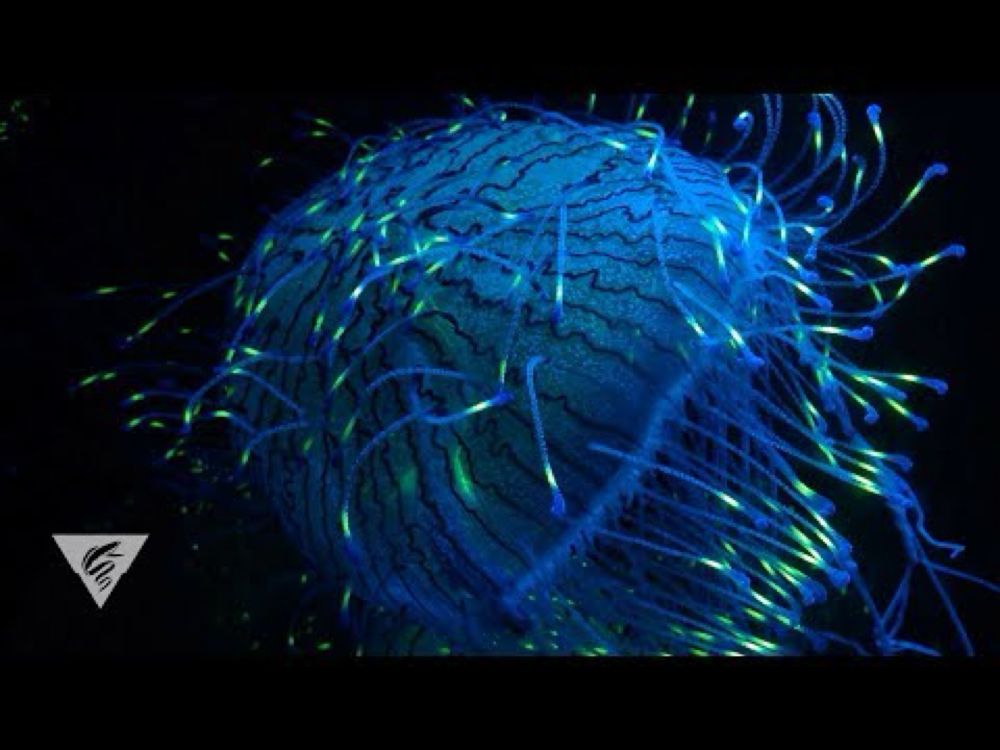
A video we made at @mbarinews.bsky.social explaining some functions of #fluorescence in the ocean, and how #bioluminescence is different… but related.
🦑🧪🌊
m.youtube.com/watch?v=whbe...

I'm pumped to finally share our lab's first publication!
Microbiology and cancer are deeply intertwined, and this is our first foray into the cancer field. We asked: how do bacteria activate innate immunity in tumors to elicit anti-cancer responses?
www.sciencedirect.com/science/arti...
Thrilled to present our latest BioRXiv on brain/body interactions during defensive freezing behaviour! (www.biorxiv.org/content/10.1...). You might think that a frozen animal has, well, frozen muscle activity, right? Wrong! Underneath the still surface of a fly, something in the legs is beating… 🧵
02.12.2024 09:57 — 👍 175 🔁 57 💬 5 📌 17Last week I showed to MSc students this iconic movie of a #leukocyte chasing a #bacteria, just wait...
Version taken from a 16 mm video made by David Elliot Rogers @VanderbiltU in the 1950s !
(as @mag2art.bsky.social says "the Citizen Kane of #Microscopy)
#CellMigration @focalplane.bsky.social
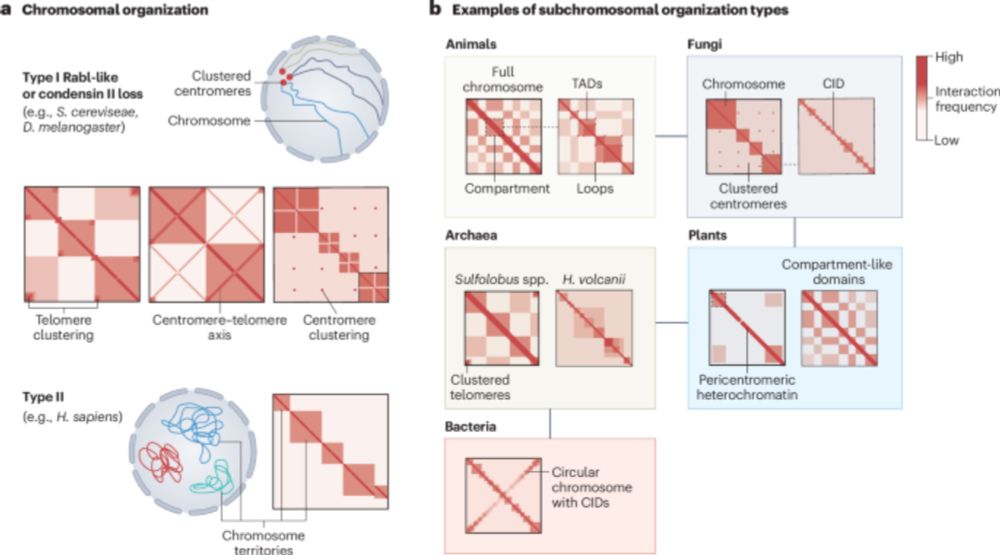
🔺🔺🔺RED TRIANGLE ALERT 🔺🔺🔺
Ever wonder how #TADs compare across the tree of life?Look no further & read our Review!!!
Find out what genes & 3D chromatin can & can't do in Bacteria! Archeae! Yeast! Plants! Animals!
SMCs & RNA-Pol are the only thing they have in common
www.nature.com/articles/s41...

nature.com/articles/s41...
#protistsonsky

Estimated additive genetic variance organized by 143 traits. Colored ridges show the estimated additive genetic variance across 100 permutations for either MOA bQTL (green), bgSNPs (orange), and remaining genome SNPs (purple). Black symbols represent the mean estimated value across permutations. Traits arranged by bQTL mean variance estimates and color coded according to general trait groupings: vitamin E metabolites = navy blue, metabolites = purple, stalk strength = light blue, flowering time = gold, plant architecture = red, disease = green, tassel architecture = pink, ear architecture = orange, misc. = grey.
I still love this figure. Submitting revisions this week. SNPs in transcription factor binding sites (green) explain the majority of additive genetic variation for >70% of ~150 phenotypes (rows) in maize. See Alt for detailed figure legend. See www.biorxiv.org/content/10.1... for more!
12.11.2024 05:42 — 👍 164 🔁 39 💬 6 📌 3Join us at the Symbiosis course!
With @pcleves.bsky.social @scottnichols.bsky.social & others!
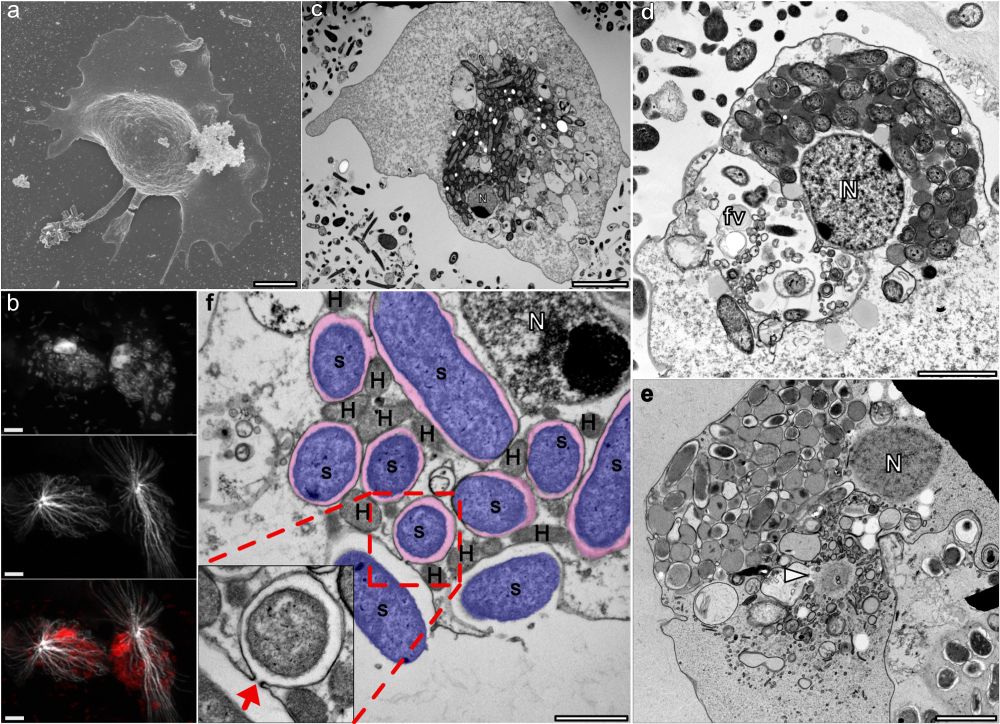
Want to be amazed by how a symbiont can be located at the center of a cell while still being an epibiont! Please read and be amazed by the symbiosis between Anaerameoba and sulfate-reducing bacteria!
Now out in Nature Communications (open access)! rdcu.be/dZGNe
(1/11)
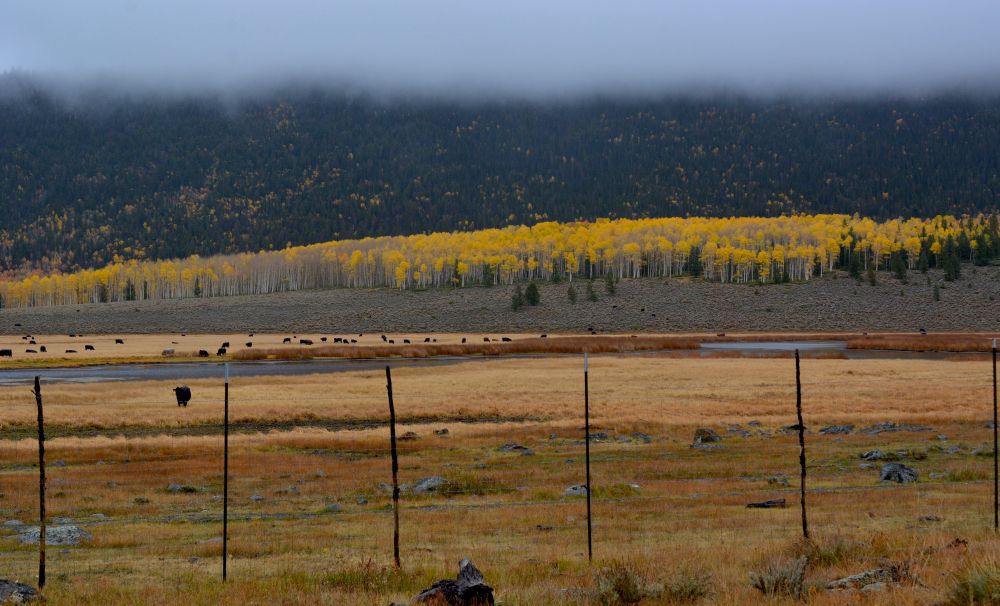
New preprint up! We sequenced hundreds of samples from across one of Earth's oldest living organisms - the Pando aspen clone - to understand how mutations accumulate and spread in long-lived clonal organisms. Our results were…surprising. 1/30
26.10.2024 17:45 — 👍 683 🔁 324 💬 27 📌 61Tap tap… does this thing work?
11.11.2024 02:12 — 👍 4 🔁 0 💬 0 📌 0